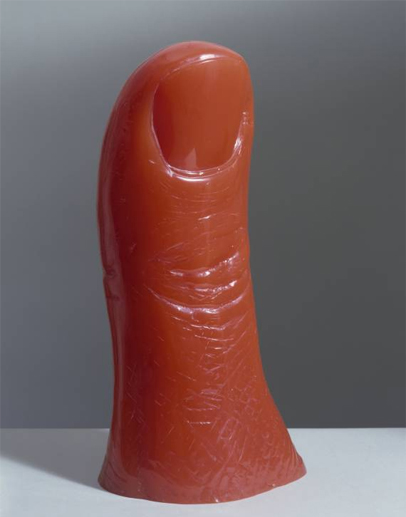A common accusation levelled against contemporary art is that too much of it lacks the genuine impress of a maker’s hand, being either prefabricated or manufactured to order by studio assistants. This is, in fact, an age-old complaint. Sir Joshua Reynolds and other portrait painters of the eighteenth century were frequently criticised for making too much use of “drapery men” for the depiction of their sitters’ costumes, as well as for employing specialist landscape painters to fill in the backgrounds of their works; and the faint whiff of compromised originality has hovered, even more persistently, over the works of sculptors, who traditionally delegated many of the more physically demanding aspects of their profession to assistants. The Florentine Renaissance sculptor Giambologna restricted his own work to the creation of wax and clay models, to be scaled up and faithfully copied in marble and bronze by his workshop; while at the height of his career the greatest sculptor of Baroque Rome, Gianlorenzo Bernini, employed a veritable army of assistants to help him complete the multitude of monuments, fountains, portrait busts and other works demanded by his munificent but impatient patrons.
Because so few large-scale public works by the most sought-after sculptors were purely autograph creations, their original maquettes became increasingly highly valued. Fragile and rare, these are the works that most intimately reveal a sculptor’s thought processes. In old Italian inventories they are described as primi pensieri, first thoughts. One great collection of such objects, the so-called Farsetti Collection, is to be found in the Hermitage, in Russia. Another, consisting of terracottas from the workshop of Bernini, is in the Fogg Art Museum in Cambridge, Massachusetts. Curators at the Fogg recently went as far as calling in the FBI to analyse the fingerprints left by the artist in the surface of...

Review of “The Shape of Ideas: Models and Sculptures from the Tate Collection” at Tate Liverpool
04-01-2004

